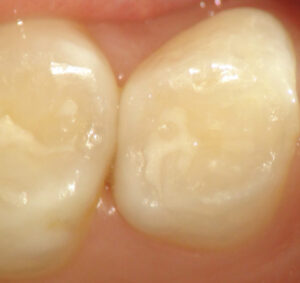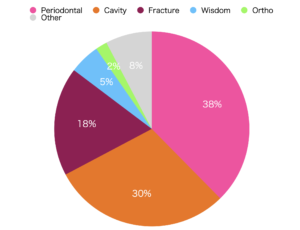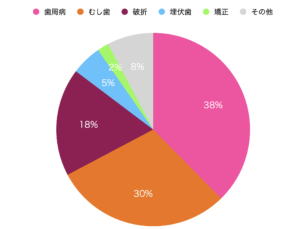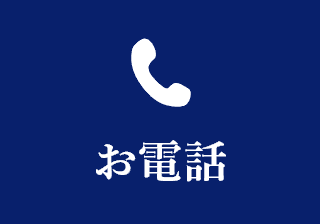Protect Your Molars — Preserve Teeth by “Root Resection”

Dr. Hiroshi Miyashita treated the tooth with severe gum disease by separating one of the root of 1st molar in the upper left.
Losing molars to periodontal disease or tooth decay is something everyone wants to avoid. At our clinic, preserving natural teeth whenever possible is our top priority, and we actively use the latest conservative treatments. In particular, root resection (root amputation/furcation resection) is a powerful option for saving teeth even in advanced cases. First, learn what options are available to you.
Our Experience and Track Record
- Longstanding clinical practice: Consistent periodontal and conservative restorative care since the 1980s
- Excellent outcome: Average tooth loss rate 2.8% (based on an average of 16 years’ follow-up at Tokyo International Dental Roppongi)
- Widely trusted by many patients
The Director’s Expertise
Our director, Hiroshi Miyashita, received specialist training in periodontology and endodontics at the University of Gothenburg, Sweden. We base our treatments on domestic and international conferences and the latest research to select the best approach even for difficult cases.
What is Root Resection?
- Overview: A surgical procedure that removes part of a tooth root (typically the furcation area) to preserve the remaining healthy root structure
- Main indications: Advanced periodontal disease, infections or root fractures that make retreatment difficult in molars
- Benefits: Can avoid extraction, help preserve chewing function and maintain surrounding bone
- Risks and considerations: Postoperative maintenance is essential; some cases may be better treated with alternative options
History and key studies
Originally used when periodontal disease destroyed bone up to the furcation area, root resection was reported clinically by Hamp at the University of Gothenburg in 1975.
When I became a dentist in 1986, I used root resection for certain patients to preserve teeth. At that time implants were not commonly performed, so saving even part of a tooth was very important.
In 1980 McFall reported long-term outcomes of periodontal treatment after 15 years; 11.4% of treated teeth were lost, of which 9.8% were lost due to periodontal disease.
Scientific Evidence and Our Policy
Recent clinical studies report the effectiveness of conservative treatments, including root resection. We develop treatment plans that prioritize patients’ quality of life (QOL) based on this evidence.
Our Clinical Approach (Trustworthiness)
- We do not recommend unnecessary extractions
- We balance patient preferences with the clinically optimal plan
- We emphasize thorough postoperative maintenance and self‑care guidance
Treatment Flow (Brief)
- Consultation and oral examination (X‑rays; CT if necessary)
- Assessment of tooth‑saving potential and presentation of a treatment plan (benefits and risks explained)
- Root resection procedure (plus endodontic or prosthetic treatment as needed)
- Regular maintenance and self‑care instructions
Message to Patients
If you want to avoid losing teeth and keep as many natural teeth as possible, we offer the latest knowledge and extensive clinical experience to propose the best conservative treatments for you. Please feel free to consult with us.
References
https://onlinelibrary.wiley.com/doi/abs/10.1111/j.1600-051x.1975.tb01734.x
https://aap.onlinelibrary.wiley.com/doi/abs/10.1902/jop.1982.53.9.539
Make an appointment for consultation today.
Tokyo International Dental Clinic Roppongi
- Address: 5-13-25-2nd Floor, Roppongi, Minato-ku, Tokyo
- Phone: 03-5544-8544
- Closest Stations:
- Azabu Juban (Toei Oedo Line take exit7)
- https://youtu.be/iIeG91YEJTA The way to the clinic from Ohedo Line Exit7
- Azabu Juban (Tokyo Metro Namboku Line exit 5a )
- https://youtu.be/3yniFSfucGg The way to the clinic from Namboku Line Exit 5a
- Roppongi (Hibiya Line exit 3)
We look forward to helping you achieve a healthy, beautiful smile!





















